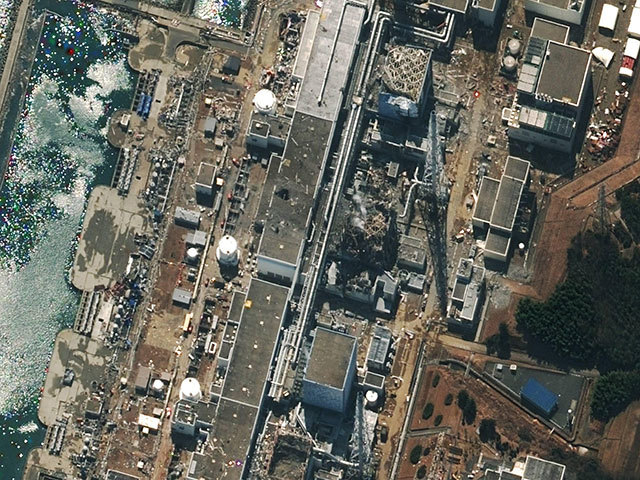
An unprecedented refrigeration structure resembling giant ice lollies has been approved by Japanese regulators to help create a frozen underground barrier around the Fukushima nuclear reactor buildings and contain contaminated water.
The Japanese nuclear regulation authority said the structure, which was completed last month, can now be activated.
The plant’s operator, Tokyo Electric Power, plans to turn on the ice wall on Thursday in an attempt to minimise the risk of contaminated water escaping.
Nearly 800,000 tonnes of water already stored in 1,000 huge industrial tanks at the plant has been hampering the decontamination of the nuclear facility since the 2011 quake and tsunami.
The plan has been delayed for more than a year because of technical uncertainties. Some experts are still sceptical about the technology involved and question whether it is worth the huge
costs.
Authority chairman Shunichi Tanaka cautioned against high expectations because the project in part relies on nature. “It would be best to think that the natural phenomenon doesn’t work the way you would expect.”
The 35 billion yen (£218 million) government-funded project includes pipes inserted 100ft underground and designed to freeze the soil around them, like giant ice lollies. They are intended to form a wall just under one mile long around the reactor and turbine buildings in order to contain radioactive water in the area and keep out groundwater.
Similar methods have been used to block water from parts of tunnels and subways, but such a structure that huge surrounding four buildings and related facilities is untested. A smaller wall was used to isolate radioactive waste at an US department of energy laboratory in Tennessee, but only for six years.
A test using part of the ice wall has effectively frozen the ground around it, and officials hope that the ice wall would be successfully formed within several months, according to Shinichi Nakakuki, a spokesman for the utility known as Tepco.
Tepco officials say they hope the ice wall would effectively cut down the groundwater inflow into the area to about one-eighth of what it used to be and eventually dry up the turbine basements by 2020 – confining contamination to the three melted reactors.